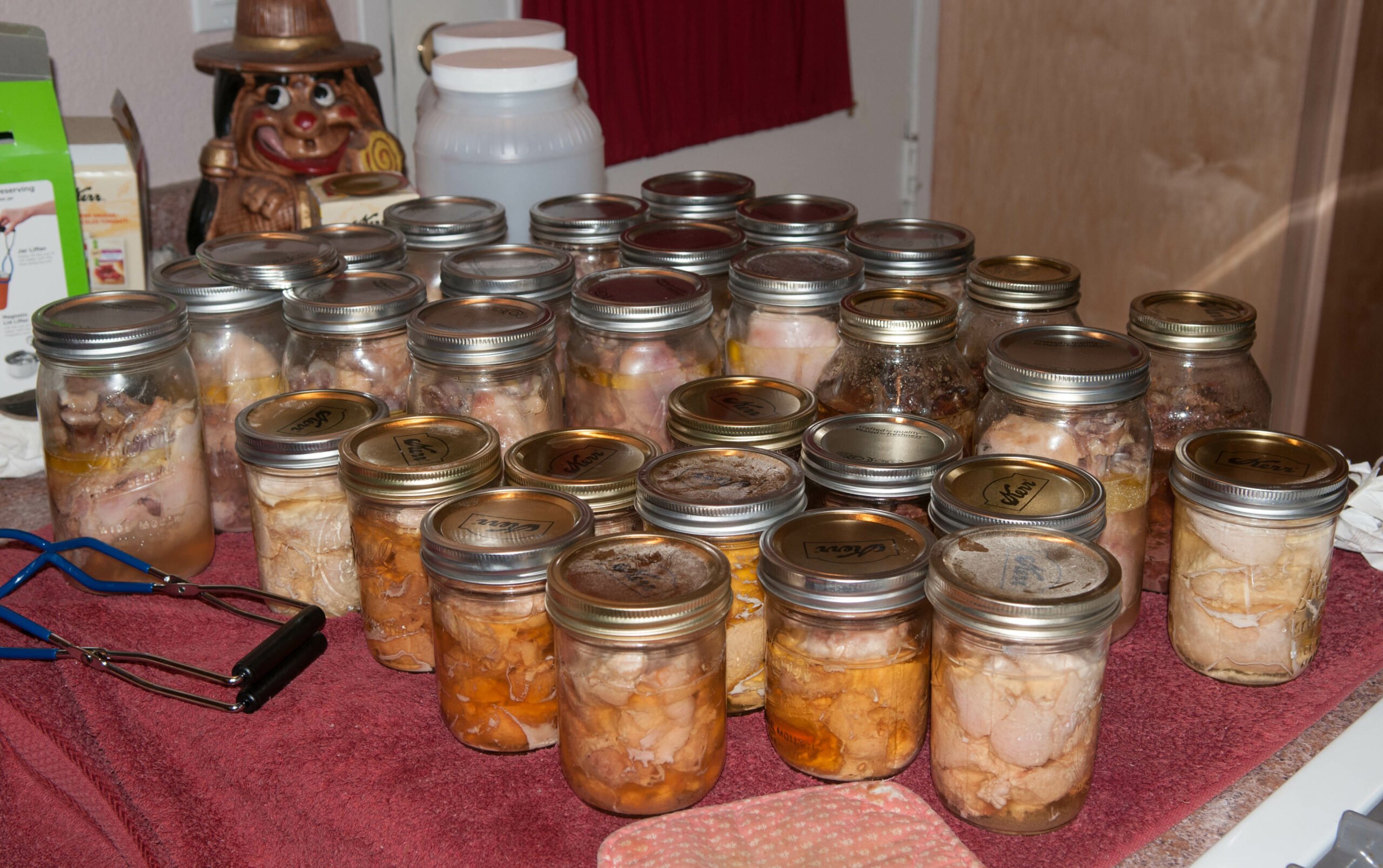[/caption]
Preserving food is an art that is as old as mankind. In the last 150 years since the advent of canning, many new methods of preserving foods have been developed. Today we have many choices that were not available to our ancestors.
Today I want to talk about the various methods that are available for preserving meat and fish. I have broken down the various methods into six different categories.
Freezing of fish and meat. If you live in the right climate, you may be able to use nature to freeze your food in the winter. Other than using nature, freezing requires the use of electricity. While freezing maintains good nutritional value and provides good storage life, it is an expensive method. It requires the purchase of a freezer and the cost of electricity. This requires that most of us become dependent on the grid. We use a freezer for convenience, but have a backup plan in case we lose electricity.
Canning fish and meat. This method requires the purchase of a pressure cooker and possibly a can sealer, if you are using metal cans. You will need to purchase jars or cans and the required rings and lids. While a bit labor intensive, this is an excellent method of storing meat and fish for long periods. We use this on a regular basis and have had great success with it. The finished product are tasty and highly nutritious.
Salting of meat and fish. Is currently inexpensive because salt in cheap. If you plan on using this method after TEOTWAWKI you better stock lots of salt. The finished product can be stored at room temperature. It has a long storage life and maintains a reasonable nutritional value. The down side is the high sodium content. This can be offset somewhat by soaking the food prior to cooking and draining off the liquid.
Drying fish and meat. This is an inexpensive method, since the only energy it requires is sunlight. You can improvise drying racks out of almost anything. Lewis and Clark dried meat by laying it over bushes. The finished product needs to be stored in waterproof containers. The meat and fish are quite tasty and nutritious.
Smoking fish and meat. This is a method that requires very little equipment. A smoker is easy to improvise and just requires wood for fuel. It retains a reasonable level of nutrition. If you intend to store the finished product for longer than the storage life of fresh food, you need to smoke dry it. The product is first hot smoked which cooks it, and then with continued smoking the food is dried. This can take from one day to several.
Fermentation of fish and meat. This is a method that is widely used in Asia. This method takes time, often several months and radically changes the taste of the product. Depending on the method used it can be stored for long periods of time. The nutritional value is often very high. I have tasted it but have not made any. Even though the taste was not to my liking, (it is an acquired taste) I intent to try this method in the near future.
We have used every method except for fermentation and have had good success with all of them. We particularly like canning, although we store extra salt to use for salting.
Howard



How long would you soak the meat before draining for salting?